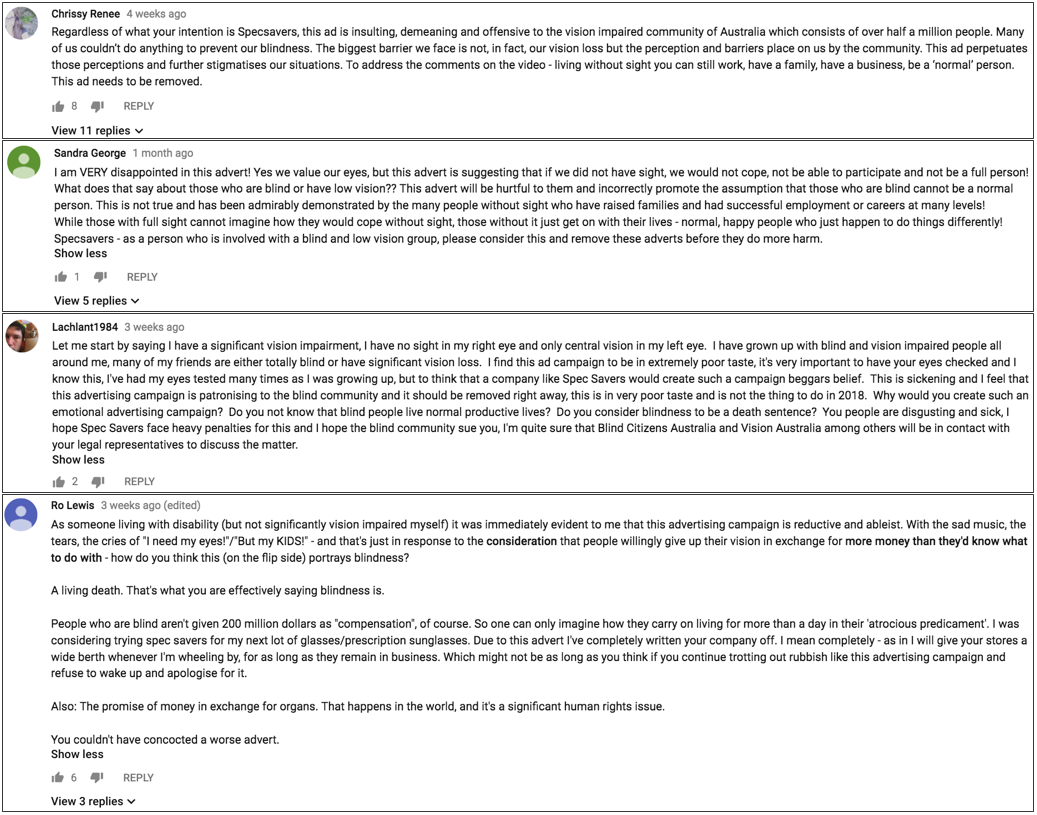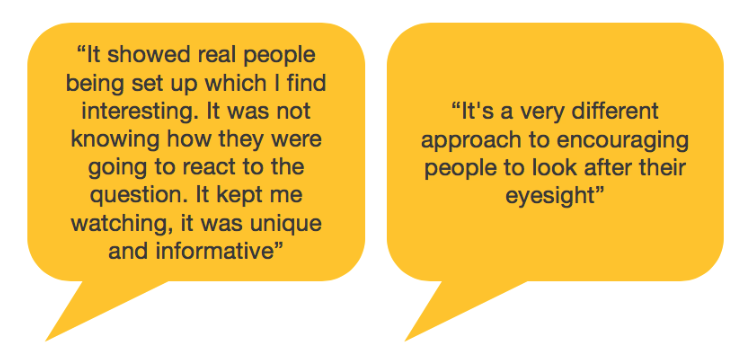Why social media analytics tell you very little about effectiveness
Sensecheck’s Phil Toppi takes a look back at a recent Specsavers campaign to figure out how much social media sentiment really does reflect reality.
The recently launched Priceless Eyes campaign from Specsavers was a social experiment asking participants to put a monetary value on their eyes. The goal was to shock people into realising how important their eyes are, and subsequently take better care of them (starting with an eye test from Specsavers, of course!).
The campaign, however, was met with a deluge of criticism on social media.
This aroused our curiosity at Sensecheck HQ, as apprehensive clients who have put a new campaign to air, only for it receive a less than optimal response via social media.
Using social media to evaluate the performance of a campaign is problematic, because there is no way of ascertaining whether the commentators represent a vocal minority, or if they accurately reflect the views of the broader population. The only way to meaningfully answer that question is to get feedback from a balanced representation of the target audience.
So, in order to satisfy our curiosity, we tested the full 4min 11sec online-only video to find out the answer. In summary, Priceless Eyes is an extremely effective piece of video content, and highlights exactly why relying on social media analytics alone can be fraught with danger.
Central to the video’s success was a powerful story arc, which took viewers on a roller-coaster of high-intensity emotions. These ranged from anxiety, sadness and guilt at being faced with the uncomfortable truth that we take our eyes for granted, through to amazement, inspiration and amusement following the relief felt when revealed it was a social experiment.
While we often see videos over a minute in length struggle to retain viewer interest and engagement (which is particularly important when being placed in skippable formats), Priceless Eyes kept people on the edge of their seats through to the end. To put the video’s level of engagement into perspective, over four-fifths of viewers described it as distinctive, while an even higher number found it interesting.
Tapping into the powerful insight that we take our eyesight for granted struck a powerful chord with viewers. Not only did the video motivate people to get their eyes checked more regularly, but the jolting narrative also inspired them to talk about and share the content with others.
When developing content which is a departure from an entrenched theme like ‘Should’ve gone to Specsavers’, it is critical to leverage whatever brand assets you have available. Even more important is giving the brand a memorable role in the narrative. Specsavers gave every other advertiser a lesson in how to do this, with the ‘Vesper Sacs’ anagram morphing into ‘Specsavers’ at the peak of viewer engagement – when participants were told that it was a setup.
The brand-reveal at this emotional climax ensures Specsavers will be caked into people’s long-term memories, with branding further bolstered by the mock logo leveraging the brand’s iconic green cues.
Phil Toppi is managing director at Sensecheck.







great analysis of a great piece of work